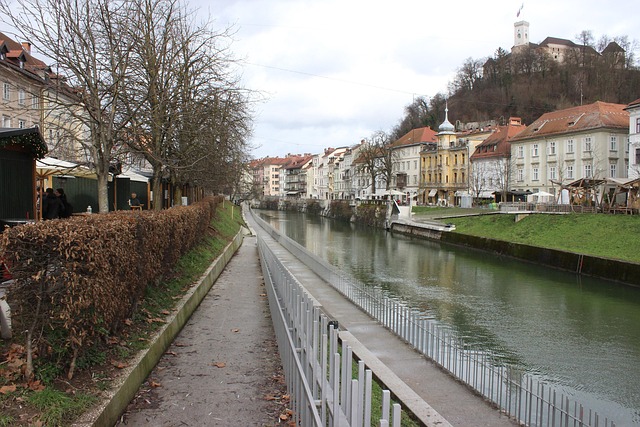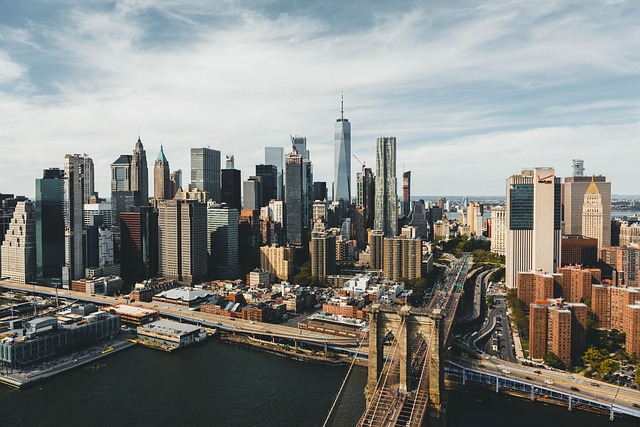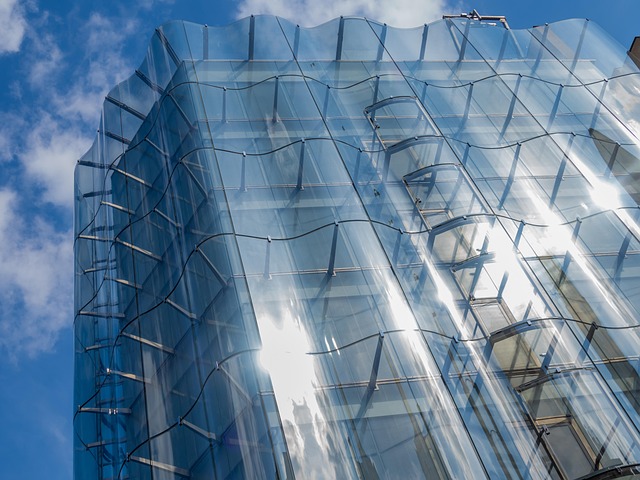In Karachi's Nazimabad, recent years have seen residents grappling with intermittent gas shortages due to aging infrastructure, increased demand, and supply chain disruptions. Despite these challenges, the community has shown resilience through initiatives aimed at improving gas distribution networks and promoting efficient energy use. This crisis has prompted a focus on energy security and exploration of alternative fuel sources, with promising solutions including modernizing infrastructure, encouraging renewable projects like solar and wind power, implementing smart grids, and adopting digital monitoring – all towards creating a more sustainable and reliable gas distribution system for the benefit of both residents and the environment in bustling Karachi.
In the bustling metropolis of Karachi, the availability of gas in Nazimabad has become a topic of growing interest. This article delves into the current state of gas supply in this vibrant neighborhood, exploring challenges that residents and local businesses face due to limited access. We analyze potential solutions and future prospects for enhanced gas availability in Nazimabad, aiming to provide insights into the city’s energy landscape and its continuous development.
- Current Gas Supply Situation in Nazimabad, Karachi
- Challenges and Future Prospects for Enhanced Gas Availability
Current Gas Supply Situation in Nazimabad, Karachi

In Karachi, particularly in the bustling neighborhood of Nazimabad, the current gas supply situation has been a topic of both concern and adjustment among residents. The region, known for its vibrant community and dense population, has experienced fluctuations in natural gas availability over the past few years. This issue has led to increased awareness about energy security and alternative fuel sources.
The gas crunch in Nazimabad, Karachi, is attributed to various factors, including rising demand, aging infrastructure, and supply chain disruptions. Local residents have noticed periodic shortages, prompting them to adopt more sustainable practices and explore alternatives like electricity for cooking and heating. Despite these challenges, the community remains resilient, with initiatives underway to improve gas distribution networks and promote efficient energy usage in the area.
Challenges and Future Prospects for Enhanced Gas Availability

The challenges surrounding gas availability in Nazimabad, Karachi, are multifaceted. One major hurdle is the aging infrastructure, which often leads to leaks and reduces overall efficiency of distribution networks. Additionally, rapid urbanization in Karachi has put immense pressure on existing gas supply systems, causing periodic shortages and unreliable service. Another significant issue is the lack of investment in renewable and alternative energy sources, making the region heavily dependent on fossil fuels. This dependency not only poses environmental risks but also makes the city vulnerable to global market fluctuations.
Looking ahead, there are promising prospects for enhancing gas availability in Nazimabad and beyond. Upgrading infrastructure with modern technology can significantly reduce leakages and improve distribution efficiency. Encouraging investment in renewable energy projects, such as solar and wind power, could diversify energy sources and ensure a more stable supply. The city also needs to explore innovative solutions like smart grids and digital monitoring systems to better manage demand and detect issues promptly. By addressing these challenges head-on, Karachi can move towards a more sustainable and reliable gas distribution system that benefits both residents and the environment.
In conclusion, while the current gas supply situation in Nazimabad, Karachi, presents certain challenges, there is a promising future for enhanced gas availability. By addressing the identified obstacles and implementing effective strategies, the residents of Nazimabad can look forward to improved access to this vital resource. The key lies in collaborative efforts between authorities and stakeholders to develop sustainable solutions tailored to the unique needs of the area, ultimately enhancing the quality of life for its inhabitants.



